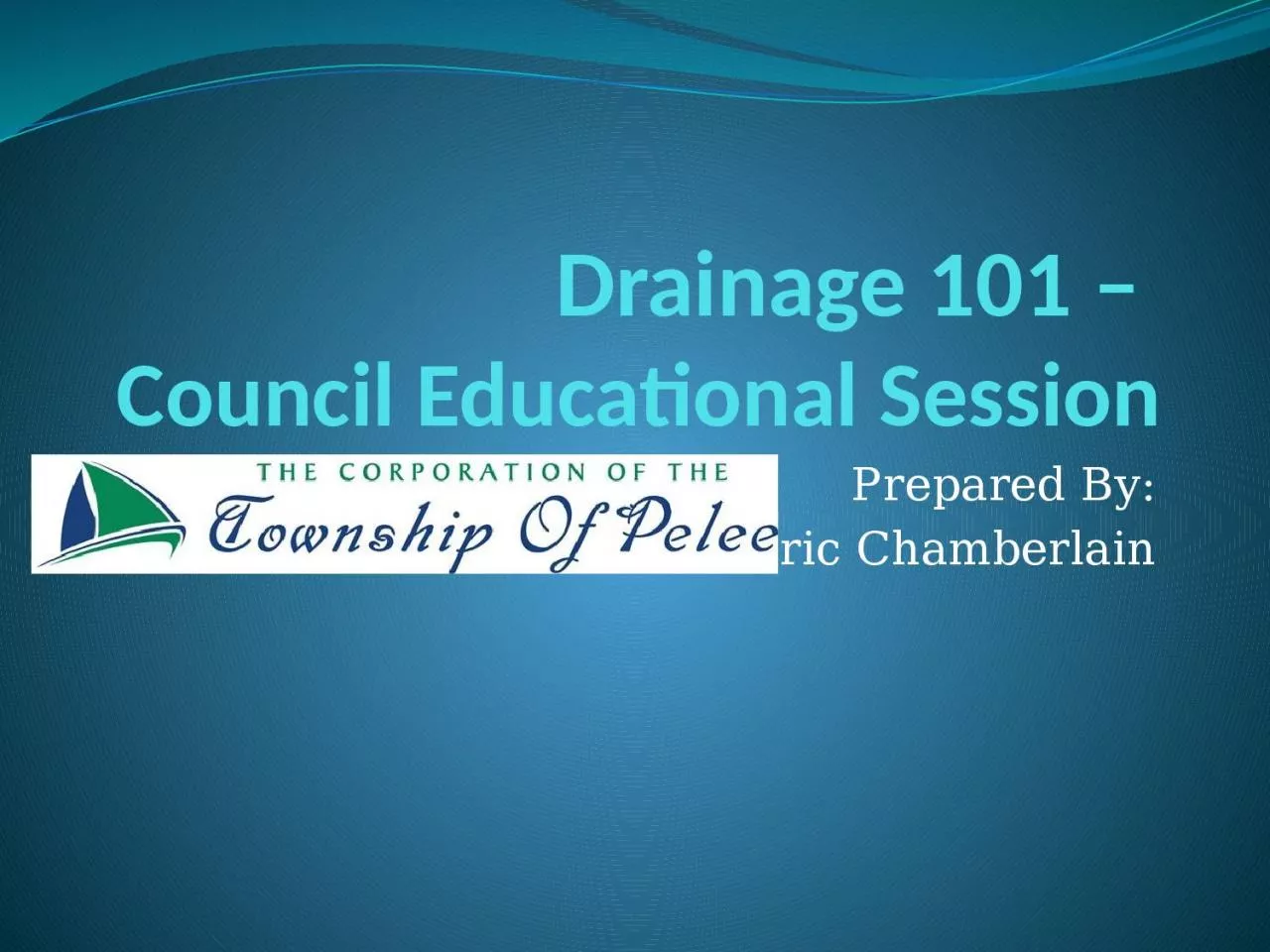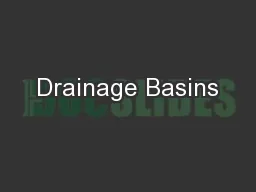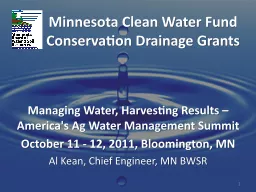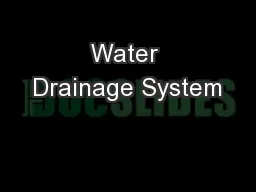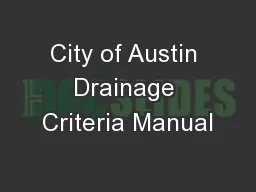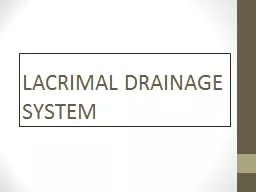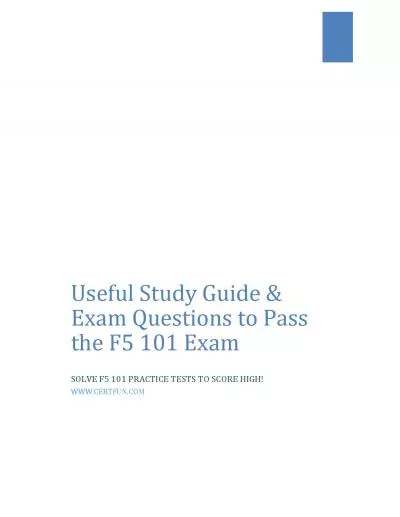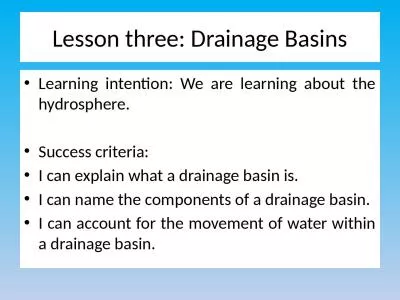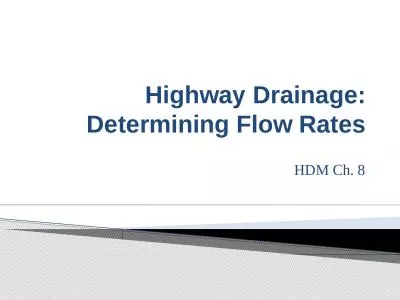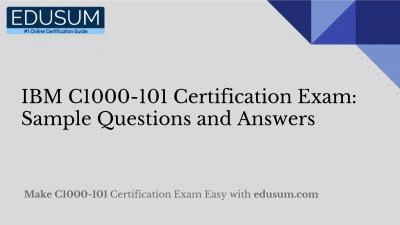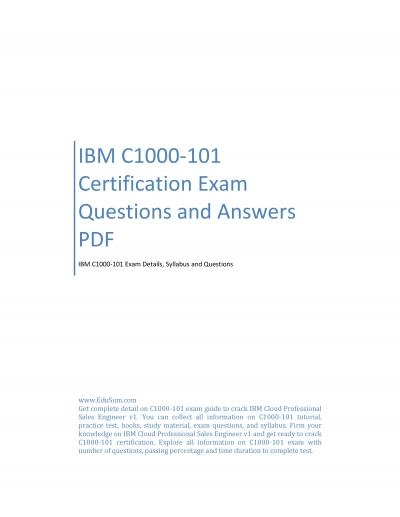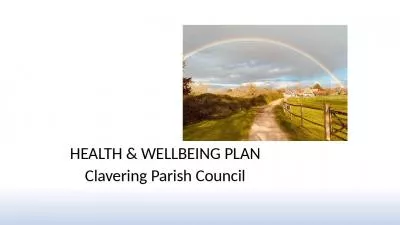PPT-Drainage 101 – Council Educational Session
Author : rosemary | Published Date : 2024-02-09
Prepared By Eric Chamberlain Drainage 101 So Whats a Municipal Drain It is a Drainage System either open ditch or enclosed pipe system or any other water control
Presentation Embed Code
Download Presentation
Download Presentation The PPT/PDF document "Drainage 101 – Council Educational Se..." is the property of its rightful owner. Permission is granted to download and print the materials on this website for personal, non-commercial use only, and to display it on your personal computer provided you do not modify the materials and that you retain all copyright notices contained in the materials. By downloading content from our website, you accept the terms of this agreement.
Drainage 101 – Council Educational Session: Transcript
Download Rules Of Document
"Drainage 101 – Council Educational Session"The content belongs to its owner. You may download and print it for personal use, without modification, and keep all copyright notices. By downloading, you agree to these terms.
Related Documents

